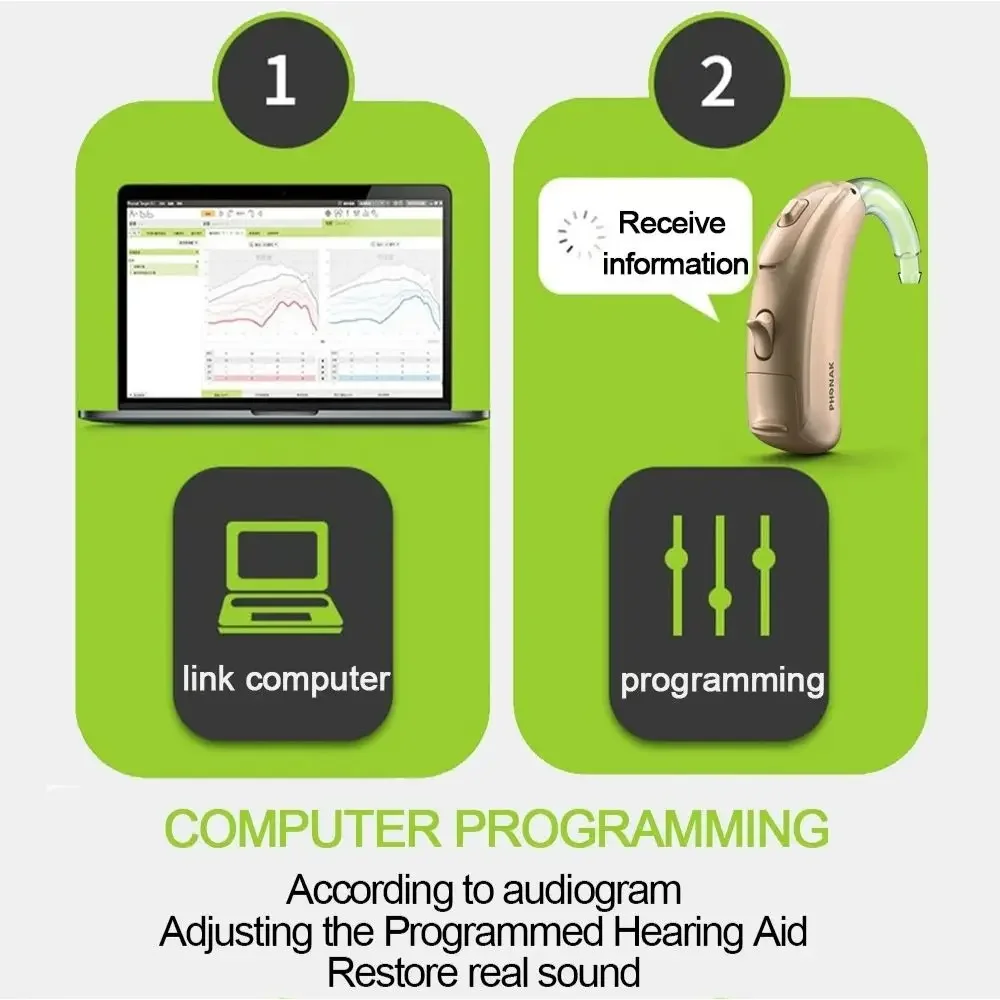
Airplane ear plugs, also known as pressure-regulating ear plugs or flight ear plugs, are designed to alleviate discomfort caused by changes in air pressure during flights. These changes in pressure can lead to ear pain, popping, or discomfort, particularly during takeoff and landing.
These specialized ear plugs typically work by gradually equalizing the pressure between the outer and inner ear, thus reducing the strain on the eardrum. They come in various shapes and sizes, but they usually feature a unique design that allows for gradual pressure equalization while still allowing some sound to pass through.
When choosing airplane ear plugs, it’s essential to consider factors like comfort, effectiveness, and ease of use. Some options include disposable foam ear plugs, reusable silicone ear plugs, and custom-molded ear plugs made by audiologists.
It’s important to follow the instructions provided with the ear plugs and to consult a healthcare professional if you experience severe or prolonged ear discomfort during flights. Additionally, practicing techniques like swallowing, yawning, or chewing gum can also help alleviate ear pressure during flights.
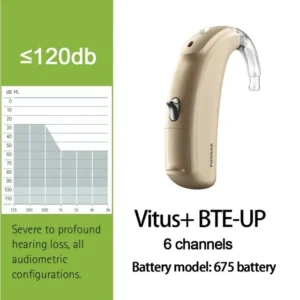
Airplane ear plugs typically offer several features designed to alleviate discomfort and protect the ears during flights:
1. Pressure Regulation: The primary feature of airplane ear plugs is their ability to regulate air pressure changes during takeoff and landing. They help equalize the pressure between the outer and inner ear, reducing the sensation of ear popping and discomfort.
2. Comfortable Fit: Effective airplane ear plugs are designed to fit comfortably in the ear canal for extended periods. They often come in various sizes or with adjustable features to accommodate different ear shapes and sizes.
3. Noise Reduction: While allowing some sound to pass through, airplane ear plugs often provide a degree of noise reduction. This can help mitigate the loud engine noise and other ambient sounds commonly experienced during flights.
4. Reusability: Many airplane ear plugs are reusable, made from durable materials such as silicone or thermoplastic elastomer (TPE). Reusable options can be cost-effective and environmentally friendly compared to disposable alternatives.
5. Hygienic Design: To maintain ear health, airplane ear plugs often feature hygienic designs that prevent the buildup of earwax and bacteria. Some may include washable or replaceable components for easy cleaning and maintenance.
6. Compatibility with Earbuds: For passengers who prefer to listen to music or watch in-flight entertainment, some airplane ear plugs are designed to be compatible with earbuds or headphones. They allow for a comfortable and secure fit while still accommodating audio devices.
7. Portability: Airplane ear plugs are typically compact and lightweight, making them easy to carry in a pocket, purse, or travel bag. Some may come with carrying cases or storage containers for added convenience.
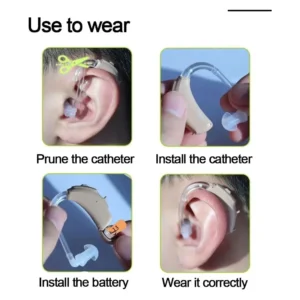
8. Customization Options: For individuals with specific ear shapes or preferences, some companies offer custom-molded airplane ear plugs. These are typically made by audiologists and provide a personalized fit for optimal comfort and effectiveness.
When choosing airplane ear plugs, individuals should consider their specific needs, preferences, and any pre-existing ear conditions. It’s also essential to follow the manufacturer’s instructions for proper use and maintenance to ensure optimal performance.
There are several types of airplane ear plugs available, each offering different features and benefits to address the discomfort caused by changes in air pressure during flights. Here are some common types:
1. **Foam Ear Plugs**: These are disposable ear plugs made of soft foam that compress to fit into the ear canal. Once inserted, they expand to create a snug seal, providing both noise reduction and pressure equalization. Foam ear plugs are affordable and widely available, but they are typically disposable and may not be as durable as other types.
2. **Silicone Ear Plugs**: Silicone ear plugs are reusable and made of soft, flexible silicone material. They are often molded to fit the contours of the ear canal, providing a comfortable and secure seal. Silicone ear plugs offer both noise reduction and pressure equalization and can be washed and reused multiple times.
3. **Filtered Ear Plugs**: These ear plugs feature built-in filters that help regulate air pressure changes while still allowing some sound to pass through. The filters help equalize pressure during takeoff and landing while reducing discomfort without completely blocking out all noise. Filtered ear plugs are available in both disposable and reusable options.
4. **Custom-Molded Ear Plugs**: Custom-molded ear plugs are individually crafted to fit the unique shape of each person’s ear canal. They are typically made by audiologists using impressions of the wearer’s ears. Custom-molded ear plugs provide a personalized fit for maximum comfort and effectiveness in pressure equalization. While they can be more expensive than off-the-shelf options, they offer superior comfort and durability.
5. **Vented Ear Plugs**: Vented ear plugs feature small vents or perforations that help equalize pressure changes during flights. These vents allow air to flow in and out of the ear canal, helping to prevent the feeling of pressure buildup. Vented ear plugs may come in disposable or reusable varieties and offer a balance between pressure equalization and noise reduction.
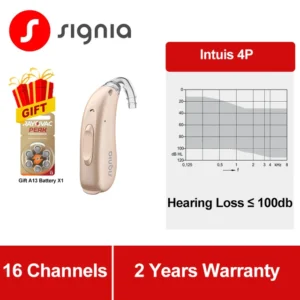
6. **Specialized Ear Plugs**: Some ear plugs are specifically designed for air travel and may incorporate additional features such as built-in pressure-regulating valves or comfort-enhancing materials. These specialized ear plugs are engineered to provide optimal comfort and effectiveness during flights, making them a popular choice for frequent travelers or individuals with sensitive ears.
When selecting airplane ear plugs, it’s essential to consider factors such as comfort, effectiveness, durability, and personal preferences. Trying out different types and brands may help individuals find the best option to suit their needs and provide relief from ear discomfort during flights.
Yes, you can wear ear plugs on an airplane. In fact, using ear plugs during a flight can help with several aspects:
Just be sure to choose ear plugs that are comfortable for long-term wear and, if you’re using pressure-regulating ear plugs, that they are suitable for your needs.
Yes, airplane ear plugs can be effective in reducing discomfort during flights. They work by regulating the air pressure changes in your ears, which can help alleviate the feeling of fullness and reduce the pain associated with altitude changes. These ear plugs often have a special filter that slows the rate of pressure change, allowing your ears to adjust more gradually.
Many people find them helpful, but their effectiveness can vary from person to person. If you’re prone to significant ear pain while flying, it might also be worth considering other strategies, such as yawning, swallowing, or using the Valsalva maneuver to equalize ear pressure.
Airplane ear plugs are designed to help manage the changes in air pressure experienced during a flight, which can cause discomfort or pain in the ears. Here’s how they generally work:
To use airplane ear plugs effectively:
Using these ear plugs, along with techniques like yawning, swallowing, or the Valsalva maneuver, can help manage the pressure changes in your ears and make your flight more pleasant.
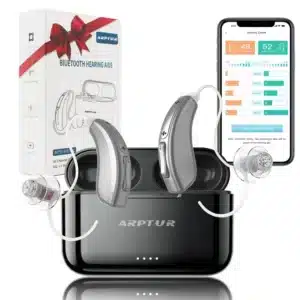
Ears often feel plugged or blocked during airplane travel due to changes in air pressure. Here’s a breakdown of what causes this sensation and why it happens:
When choosing noise-cancelling headphones for use on an airplane, comfort and effectiveness are key factors. Here are some top recommendations that are well-regarded for their noise-cancelling capabilities, comfort, and overall performance:
These headphones are all highly regarded and offer excellent noise-cancelling capabilities, making them well-suited for air travel.
The cost of ear plugs designed for use on airplanes can vary widely depending on the type and brand. Here’s a general idea of what you might expect:
You can find these ear plugs at pharmacies, travel stores, or online retailers like Amazon. Prices can fluctuate based on sales, brands, and package sizes, so it’s a good idea to compare options before purchasing.
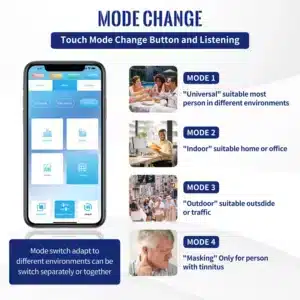
Baby headphones designed for use on airplanes can be a great way to protect your baby’s sensitive ears from loud noises and help them stay comfortable during the flight. Here are some key features and considerations for choosing baby headphones for air travel:
When using baby headphones on a plane, consider also bringing along other comfort items like a favorite toy or blanket to help soothe your baby. If you’re uncertain about which headphones might be best, checking reviews and getting recommendations from other parents can be helpful.
How to Manage Tinnitus at Home: If tinnitus is mostly noticed in quiet situations, first you should try using a white noise machine to mask the noise. If you don’t have a white noise machine, a fan, soft music or low-volumed static radio will help.




How do you deal with tinnitus? If tinnitus is mostly noticeable in quiet situations, try using a white noise machine to mask the noise from tinnitus. If you don’t have a white noise machine, a fan, soft music or low-volume radio static also may help.